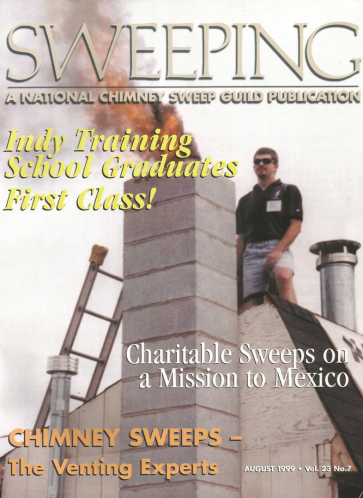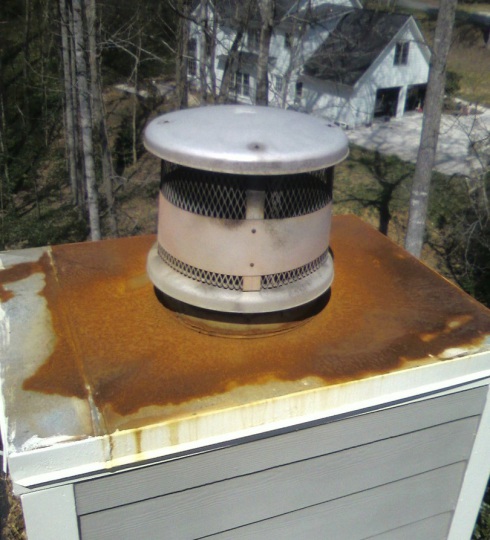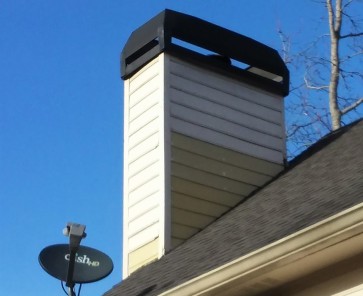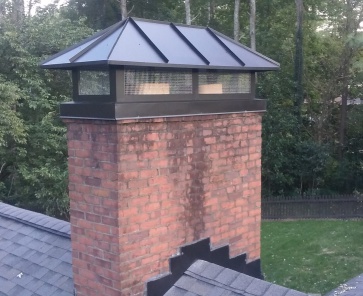Cover Guy
Sweeping Magazine
After only 2 years in the business it was an honor to be featured on the cover of the industry's leading trade publication. I was receiving my CSIA Certification after completing a week long training in Indianapolis, IN. This class was the first of its kind at the Chimney Safety Istitute of America. We were studying the characteristics and affects of chimney fires when I was captured in this photo.





